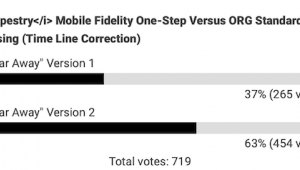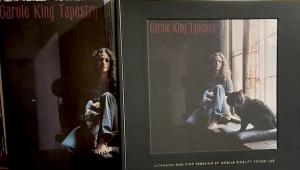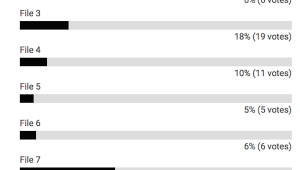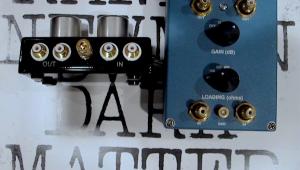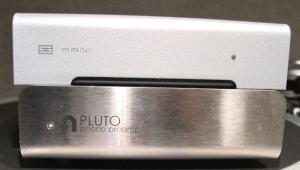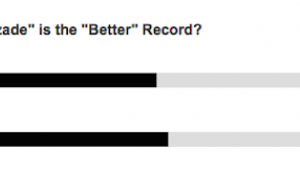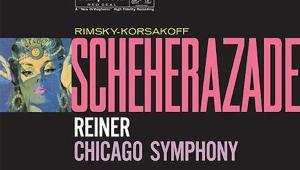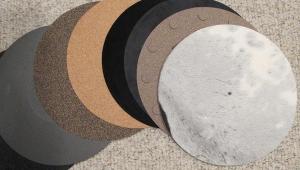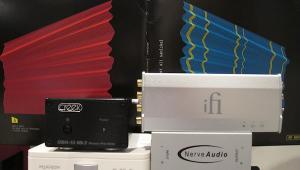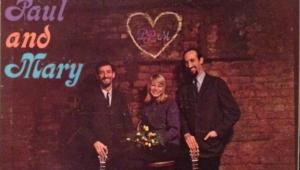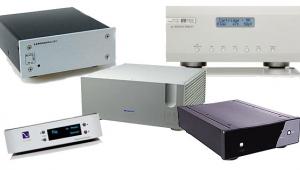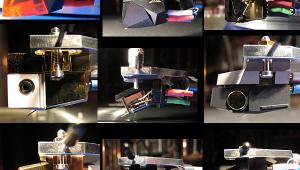The only files that will load for me are #1 & #7? Is this problem on my end or yours?
Primary tabs
Analog to Digital Converter Shootout: Which Sounds Best? (All Files Now Corrected and Available)
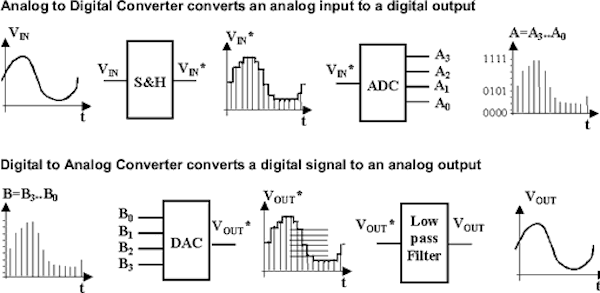
Here’s your opportunity to compare ADCs (analog to digital converters) priced from $300 to $3995. They offer a wide range of features and enhancements that will be discussed in the reviews to be posted shortly.
Meanwhile, below are seven 96/24 files produced by five A/D converters. Why seven from five converters? One, the M2TECH Joplin offers a choice of 96/24 or 96/32 resolution (it can also do the conversion at 384/32 resolution but for the purposes of this shoot out we’re sticking with 96kHz).
Of course, though the conversion is at 96/32 the files are both 96/24 but it would be interesting to hear if recording at a higher bit rate and decimating it to 24 bits sounds better or worse than the one converted directly to 96/24.Two files were created using the Lynx Hilo but using different recording chains as described below.
So, what you will be hearing is a three minute excerpt from Vanish an upcoming Yarlung Records release by the percussion group Smoke & Mirrors, used with permission. The record was produced from an analog master tape. The image here is from the DSD version recorded simultaneously using that format.
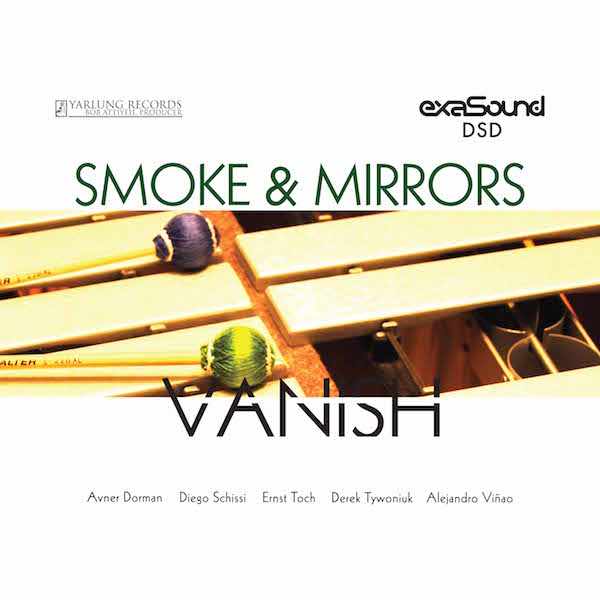
The recordings were made using the Continuum Caliburn turntable and Ortofon’s new A95 cartridge mounted on the Continuum Cobra tone arm. The Ypsilon VPS 100 phono preamp and 10L step up transformer was used for six of the seven files. Vinyl Studio software for Mac recorded those six. The USB cable was WireWorld’s Platinum Starlight, while the Lynx Hilo connected via an Apple Thunderbolt cable. Do USB cables really make a difference? Perhaps in the near future we’ll test that with downloadable files.
One of the files was created using Channel D’s Seta® PIccola battery powered phono preamplifier sending a “flat” (no RIAA equalization) signal to the Lynx Hilo A/D converter and recorded using Channel D’s Pure Music software, with RIAA applied in the digital domain. So two of the files use the same converter but very different chains.
Lowest to highest price, the A/D converters are the HRT Linestreamer+, ($299.95), the P.S. Audio NuWave Phono Converter ($1,899), the Channel D Seta Piccola ($1,899, or $2098 as supplied including optional RIAA module), the M2TECH Joplin ($2,499), the Lynx Hilo ($2499) and the Ayre QA-9 ($3995).
These units have a wide range of operating features. For instance the P.S. Audio includes a built-in MM/MC phono preamplifier, two earlier versions of which was previously reviewed by analogplanet. The M2TECH includes a MM phono preamplifier as well as a variety of EQ curves. The Lynx Hilo is a pro audio product that’s both an A/D and D/A converter. Some of these units are DSD capable but more about that in the capsule reviews coming up.
We chose PCM over DSD because more readers probably have PCM DACs. So here are the seven files. Please listen and vote. These are large files and will take some time to download depending upon the speed of your internet connection.

- Log in or register to post comments

There are other (sound quality) differences readily apparent I can comment on later.
It helps to normalize these files to a common value first. Otherwise, I'll always hear more in the louder one.

If you've got an editor such as Amadeus Pro on your Mac it's trivial to just swap the channels, so don't re-record if you don't have to. Might save some time.
On second though you might want to re-do #7 anyway. Although both 1 and 7 have a noticeable 60Hz hum, for #7 it's more pronounced. Weak ground maybe.
Putting this stuff together is the PITA, I realize, but thanks for doing this Michael.

But that would ruin everything! Oh, the humanity! I normalized a couple of redbook discs when I first got my Alesis Masterlink and they sounded plainly worse so never again for me.
Regards,
-reub

Tracks 1 and 7 had their channels swapped compared to the others.
Did you bump the turntable on track 5? It skipped.
Was it just me or did track 6 sound fast? At first I thought the turntable was operating at the wrong speed, but then the overall timing was more or less the same. Nevertheless, upon more listenings it definitely sounded faster, or more jumbled together, as if their was less silence between the notes.
I picked track 2 because it sounded the most natural, less sibilant and less boomy. Track 5 was a close second.

Some tracks have their channels switched, and then Track 6 sounds like it was run at 45rpm with the others at 33.

So I guess you don't mind a source with a 60 Hz hum in a million dollar system? Yikes. I thought you can hear a fly fart with your golden ears, magic frequency tuners, and $25,000 cables?
The music is cool, and the DSD file eat the LP for lunch..heard them both on SOTA systems.

I think my definition of SOTA is pretty sound. No pun intended. :)
With all due respect, everytime you do one of these shootouts you have tons of glitches.
I think it is fair to say it takes a lot of effort to do them, but a bit more care would be nice so you don't have to redo tracks and make corrections.
And be nice to Neil Young, will ya? :P

The peak at 2:35 was least harsh in clip 5, which sounds most like an LP to me.

A listener's DAC is a contributor to the overall personal preference for which file sounds best, but since it's NOT a variable in the test, the ADC "choices" remain viable considerations as to which one got the best music delivered to the listener.

I'm referring to the fact that your A/D converter and anyones DAC has their own sonic signature, which makes this not work. I don't think there is any way to really hear gear without having the gear in the system you are listening to. Unless the a/d and dac used have no coloration at all, in which case I could see this working. And then of course each dac sounds different in every system which makes something as complicated as comparing sources difficult with recordings of said sources played through a variety of playback systems.

True, in my opinion the only way to audition an ADC for transparency is to directly A/B the analogue source and the digital output on the same system at the same time with the test tracks synchronised. But even then, you have to put a DAC in-line to hear the digital output and that also has it's own sound. When I do similar testing of equipment, however, I will always test a very large number of classical music excerpts, since in audio my goal is to have a setup that sounds good with everything as opposed to stupendous with some material and horrible with other material. Still, an exceptional, state of the art ADC in 2015 should actually be audibly transparent at 24/192, even to those with exceptional listening skills. Nonetheless, these tests are always fun, educational and interesting.

We have a difference of opinion, that doesn't mean I haven't thought through what I said. I compare this gear as my job and this is the conclusion I have reached. That doesn't make either of us wrong or shortsighted. Don't dismiss my opinion as not carefully thought out without knowing whats behind it.

The position is that the piece of gear actually has to be in your systems signal chain to evaluate it. I don't think "recordings" of audio gear are useful, thats all. If these shootouts are fun for readers then great but I don't think it really says anything about the performance of these dacs in a real world situation.


